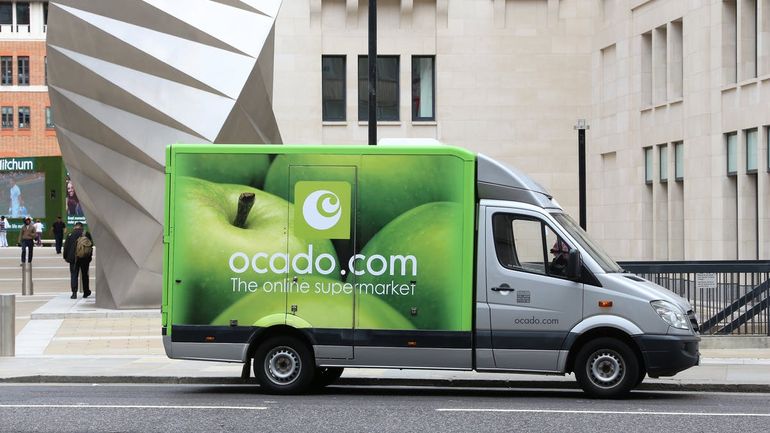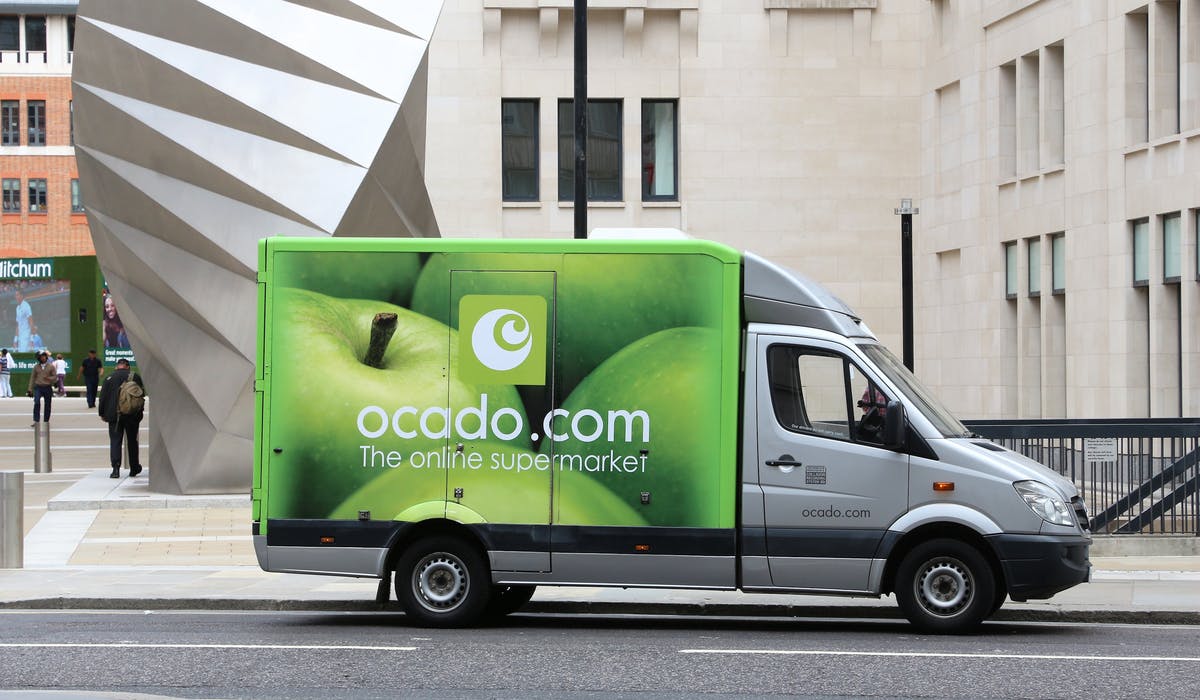
Ocado's Innovative Approach Driving Customer Growth

Ocado implemented a 'back to the future' strategy, resulting in significant customer growth. Despite a 25% reduction in marketing spend in 2023, the company made strategic hires in ecommerce and retail media to support its growth trajectory.
Ocado
Ocado claims a “back to the future” approach to the marketing mix, fuelled by a decision to cut budgets, has driven improved levels of customer acquisition and retention.
The business reduced its marketing investment to £43m, a decrease of £14.6m from the previous year, in order to "optimise" the channel mix and improve efficiencies. Consequently, marketing spend as a percentage of revenue dropped to 1.8% in the year ending 3 December, down from 2.6% the year before.
During an investor call on 29 February, CEO Tim Steiner stated that this marketing strategy adjustment contributed to a 9% increase in Ocado's base of mature customers compared to 2022.
In 2020, we engaged in various marketing activities that resulted in higher numbers but lower quality. To address this, we have focused on refining our strategies to achieve the lower CPAs we had in 2019.
By revisiting the fundamentals of our business model, we have seen a 5.9% increase in active customers, which actually represents a 9% growth in mature customer acquisition. This shift towards mature customer growth aligns with our long-term business goals.
Steiner asserts that by returning marketing spend to pre-Covid levels and decreasing vouchering, Ocado has efficiently recovered its investment in customer acquisition. The CEO highlights that the customer proposition has now returned to its optimal state, evident by an NPS of +7.
By revisiting fundamental strategies or adopting a forward-thinking approach, we have achieved a notable 5.9% increase in active customers.
Ocado, led by Tim Steiner, has recently increased its team by hiring external experts in ecommerce marketing, customer acquisition and retention, and retail media. This move comes despite the company reducing its marketing spending in the past year.
Inflationary Environment
The company is also working on an “analytics playbook” which provides valuable insights for Ocado’s B2B customers. CEO John Martin of Ocado Retail Solutions states that this playbook includes guidance on marketing investment levels, customer acquisition and retention strategies, and suggestions for improving organisational design.
Group revenue increased by 9.9% to £2.8bn over the year to 3 December, with revenue in Ocado Retail also seeing a 7% growth to £2.4bn.
In the retail division, gross profit surged by 7.7% to £797m, attributed to enhancements in range and stock management, decreased wastage, and higher delivery income, as highlighted by Ocado.
The business now has 998,000 active customers, which is a 5.9% increase from the previous financial year. Order growth has also gone up by 4% to 393,000 orders per week. Additionally, basket sizes have seen a 2.7% increase in value to £120.94 as of 3 December. This growth is attributed to the company's investment in the Ocado Price Promise, which was launched in March 2023.
However, the increase in value was somewhat offset by a decrease in the number of items per basket, which went down by 4.5% to 44 items. This decline is believed to be a result of customers managing their overall spend in light of the ongoing cost crisis.
Describing Price Promise as a key component of its value strategy, Ocado asserts that it matches Tesco.com on over 10,000 products, including Clubcard prices. In addition to implementing “multiple rounds of price cuts” in the past year, Ocado has maintained a price guarantee. In 2023, the company states that it absorbed some of the food price inflation, with the average selling price on Ocado.com rising by 7.9% compared to the broader grocery inflation rate of 10.4%.
According to Steiner, “Our average sales price has increased significantly below market inflation over the last year as we’re investing in the proposition and our pricing.” He further explains, “We relaunched the Ocado Price Promise to ensure that our baskets are competitively priced against the largest grocery retailer in the UK, and we have implemented thousands of product price reductions.”
The business has successfully increased its product range back up to 50,000 SKUs, matching pre-Covid levels, with approximately 90% of the M&S Food range now available on Ocado.com. Additionally, there have been additional investments in own brand products through Ocado Own Range.
Ocado Retail has seen growth in its share of the online grocery market, rising from 12.3% to 12.7% during the period. Its share of the overall UK grocery market has also increased from 1.6% to 1.7%. With a focus on expanding its active customer base, CEO Steiner expresses confidence in the business's "ongoing momentum" and anticipates achieving mid to high single-digit revenue growth in the upcoming year.
Editor's P/S:
Ocado's marketing strategy shift, which involved reducing budgets and focusing on efficiency, has proven successful in driving customer acquisition and retention. The company's decision to revisit the fundamentals of its business model and return to pre-Covid levels of marketing spend has led to a notable increase in active and mature customers. This approach, combined with investments in external expertise and an analytics playbook, has enabled Ocado to optimize its marketing mix and improve its overall customer proposition.
The company's focus on value-driven strategies, such as the Ocado Price Promise and multiple rounds of price cuts, has also contributed to its success. Despite the ongoing cost crisis, Ocado has managed to maintain a competitive price point, resulting in increased basket sizes and a growing share of the online grocery market. Overall, Ocado's "back to the future" approach and emphasis on customer-centricity have positioned the company for continued growth and success in the future.














